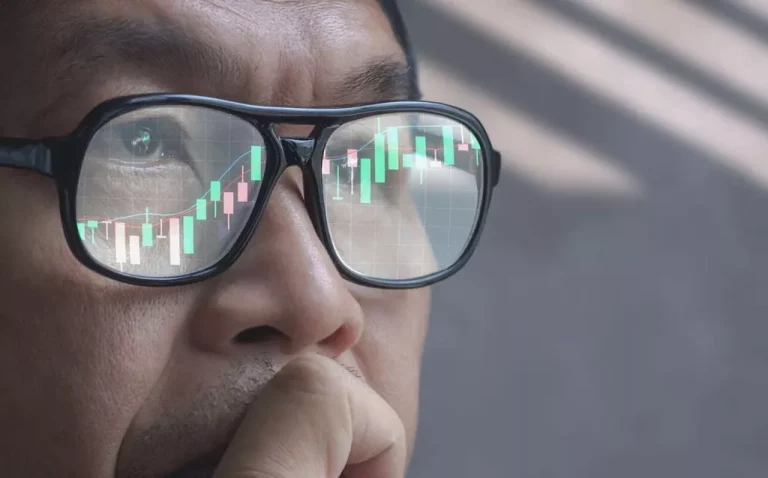You might be pondering, for a blockchain the place users transact billions price of value daily, that is https://www.xcritical.com/ an alarmingly slow transaction velocity. Layer 2 scaling is a major initiative to tremendously enhance gas prices, person experience and scalability. Layer-2 chains are constructed atop Ethereum, providing lower fees and handling extra transactions. They’re a good choice to save on fees for transactions that needn’t happen on the main Ethereum network. Based in 1993, The Motley Fool is a monetary providers firm devoted to creating the world smarter, happier, and richer. Charges are determined by the amount of network site visitors, the availability of validators, and the demand for transaction verification.
The transaction sender is refunded the distinction between the max charge and the sum of the base payment and tip. A basic concept in economics is that each one work requires compensation. In a blockchain network, computers use electricity to compute and verify transactions taking place.

Many completely different technical approaches are being developed in parallel in order to scale the capability of Ethereum, enhance throughput and lower Ethereum fuel charges. Out of those, rollups are beginning to show themselves as a promising answer. Recently, Ethereum gas charges dropped to approximately $0.04 per transaction, reaching a five-year low.
Gasoline charges are larger when extra work is required to work together with the Ethereum community. More work is required when there are more people making an attempt to interact with the community. Therefore, if you’ll find a time where there’s much less demand to interact with the Ethereum network, you could spend much less on fuel by decreasing the base payment of your transaction.
- If you don’t have sufficient ETH to pay the gasoline fee, the transaction won’t go through.
- Otherwise, this consumer should manually set the fuel fee to align with the current demand.
- However, as we all know, Ethereum validators can only validate per second.
- With latest Sei upgrades, the quickest parallel blockchain has turn out to be a go-to selection for the group to construct customer-facing functions.
- Discover what they are, why they spike, and smart ways to slash your costs.
When a transaction occurs on L2, several days later, it is written down on L1. Chains like Optimism take seven days; for ZK chains, it takes a couple of hours. Shoppers Gas Fees in Crypto execute a transaction on L2 and pay a fee; sometime later, the L2 pays a few out to the L1 community. When transacting on L2, there are two separate fees you want to be accounting for.
Real-world Belongings (rwa): Bridging Physical And Blockchain Worlds
Fuel fees are usually lower during off-peak hours, corresponding to late at night time or on weekends when fewer persons are utilizing the community. Discover charts on Ethereum and more than dozen Ethereum-compatible Layer 2 networks, choose a token, and make your very first swap. You can observe charges using Etherscan’s Gas Tracker to optimize prices. As the network gets busier, so does the value of its native asset (which is ETH within the case of Ethereum). When you submit a transaction, you provide the Ethereum Virtual Machine (EVM) directions to perform your transaction.
This exponential development makes it economically non-viable for block dimension to remain excessive indefinitely. Bitcoin network fees go on to the miners that embody the transactions in a block. Much like on the Ethereum community, the fee to ship Bitcoin is dependent upon the size of the transaction and the community usage on the time. Of course, the price of Bitcoin also fluctuates, so the equal value you may pay for a Bitcoin transaction in dollars or euros can vary significantly too. Ethereum gas is a blockchain transaction charge paid to network validators for his or her providers to the blockchain.

Gas charges are charged for any function on a blockchain that requires validation, corresponding to transferring cryptocurrency. They’re the gas that keeps the blockchain network running, therefore the term “gasoline fee.” For example, generally the members who process transactions could have more or fewer transactions to course of. When the community is busy, there are too many transactions to select from, in order that they determine to choose on the transactions offering the most important rewards.
What Are Cross-chain Bridges? How Interoperable Crypto Transfers Work
If this occurs, the quantity of gasoline would still get deducted from your pockets however the transaction would not undergo. You can think of this as a blind public sale, where customers will make bids (in the form of gwei) to incentivize miners to pick up their transactions. Just like a traditional public sale, the very best bids might be chosen.
Why Should I Pay Crypto Fuel Fees?
In other instances, a portion of the charges are paid immediately back to those that work together with the community. Other networks, such as Immutable X, don’t charge gas charges at all. In short, the gas charge model is determined by the network’s underlying infrastructure. So if you wish to work out how much you will pay, you’ll need to perform a little analysis.
As we talked about earlier, fuel fees compensate validators who clear up the equations that make your transaction potential. On the Ethereum blockchain, these fees are paid in ETH – Ethereum’s native cryptocurrency. Every Initial exchange offering transaction – regardless of timing or quantity – was charged a set payment based on its perform, whether or not it was a easy transaction, a sensible contract execution, or a token deployment.
